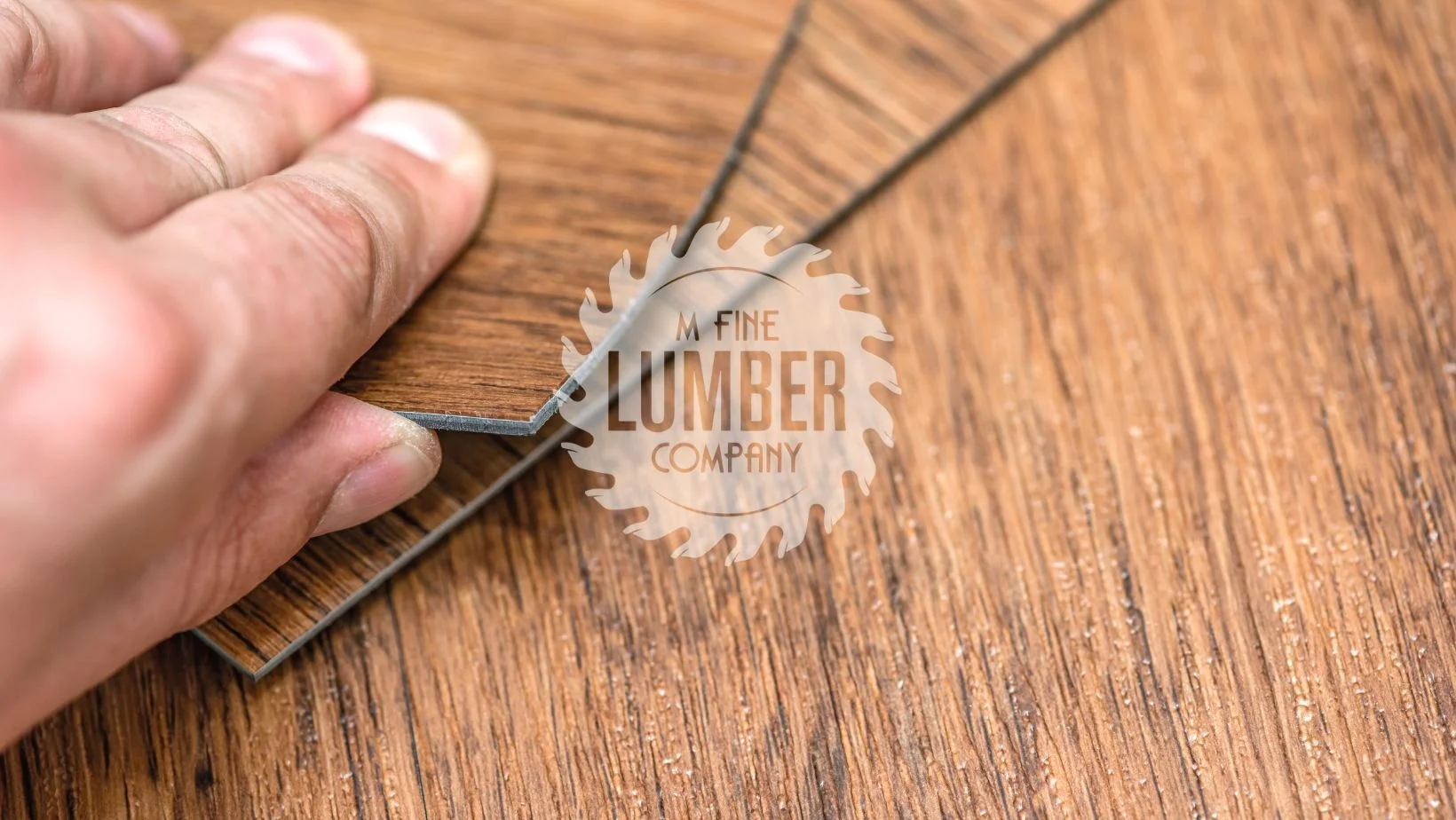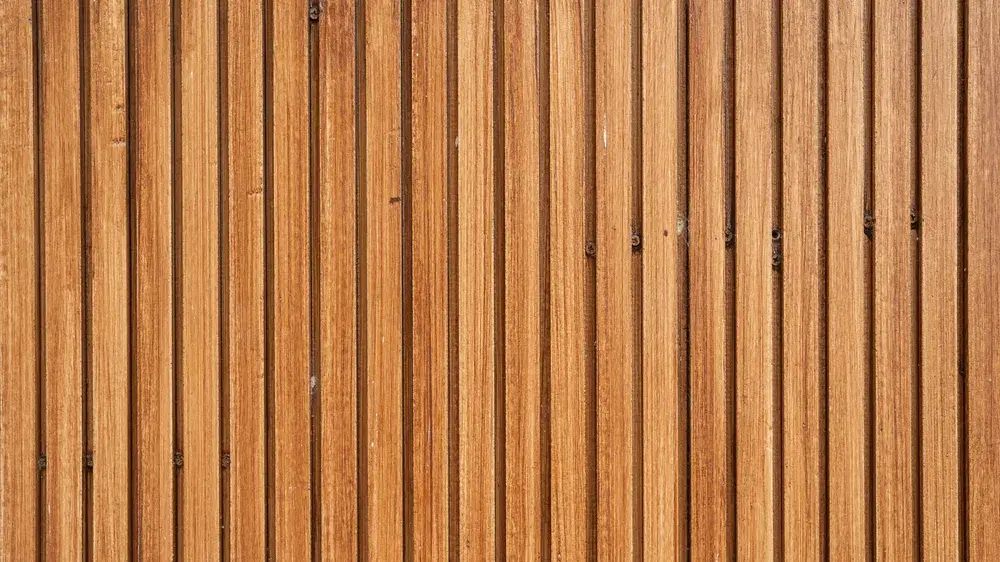
Are you looking for a wood that has all the characteristics of a powerful magical deity? Well, look no further than Iroko wood – it’s gaining a reputation as the “magician” of all wood due to its incredible benefits. People are talking about Iroko, and it’s not hard to see why. It is renowned for being highly durable and resistant to rot making it ideal for outdoor construction projects such as on balconies, patios, and decks, but folks are also raving about its unique aesthetic properties. From its rich color and distinctive grain patterning to its natural luster, Iroko wood stands out from other woods on the market!

Iroko (Milicia excelsa) is a large hardwood tree species native to tropical regions of Africa. While Iroko is listed as vulnerable on the IUCN Red List due to habitat loss and overexploitation, it is important to consider multiple perspectives when evaluating its sustainability as a chosen material for various building projects. It is true that some proponents argue that Iroko can be a sustainable choice if it is sourced responsibly and sustainably. Sustainable foresters carefully manage the harvesting of trees to ensure the long-term health and viability of the forest ecosystem. This includes selective logging, where only mature trees are harvested while younger ones are left to grow and regenerate. Responsible and sustainable sourcing of Iroko would also involve adhering to local laws and regulations, obtaining proper permits, and ensuring fair treatment of workers involved in the process. Additionally, certification schemes such as the Forest Stewardship Council (FSC) provide standards for responsible forest management including the sustainable harvesting of timber.

This dense and durable wood hails from the west coast of Africa and is revered for its resistance to decay, insects, and weather. It’s no wonder why Iroko has been used for centuries in shipbuilding, as well as building bridges, piers, and decking. But Iroko is not just for sea-faring adventures; it’s also used for furniture, cabinetry, flooring, and even musical instruments. Its warm, golden hues and striking grain texture make it a favorite amongst designers, and its versatility means it can be used in both traditional and contemporary settings. So, whether you’re a landlubber or a sailor, if you’re looking for a wood that can weather any storm, IROKO is your mate!
Iroko wood has a wide range of uses due to its durability, strength, and attractive appearance. Here are some common applications of Iroko wood:
These are just a few examples of the many uses of Iroko wood. Its versatility and durability make it a popular choice for a wide range of applications in construction, interior design, and craftsmanship.
